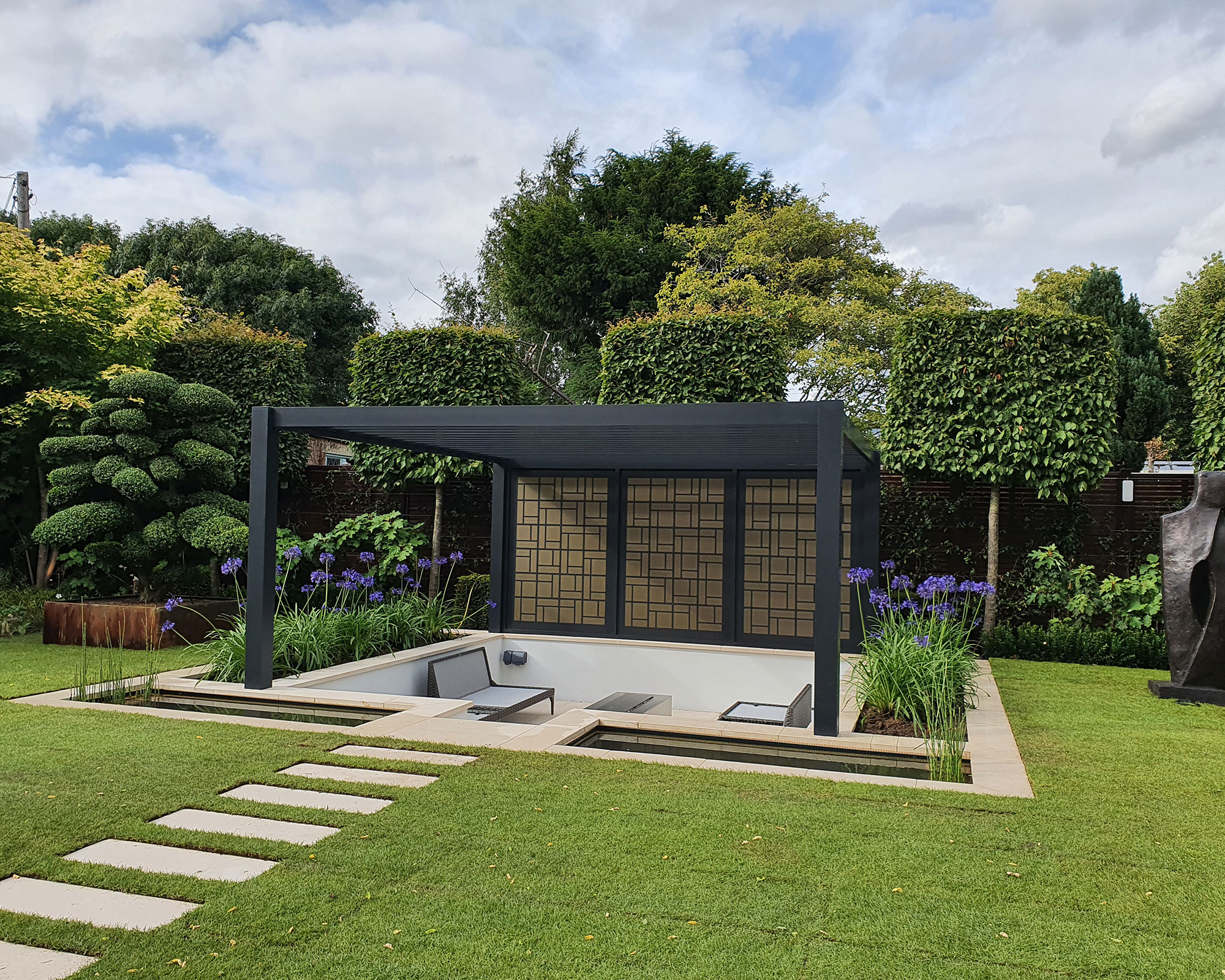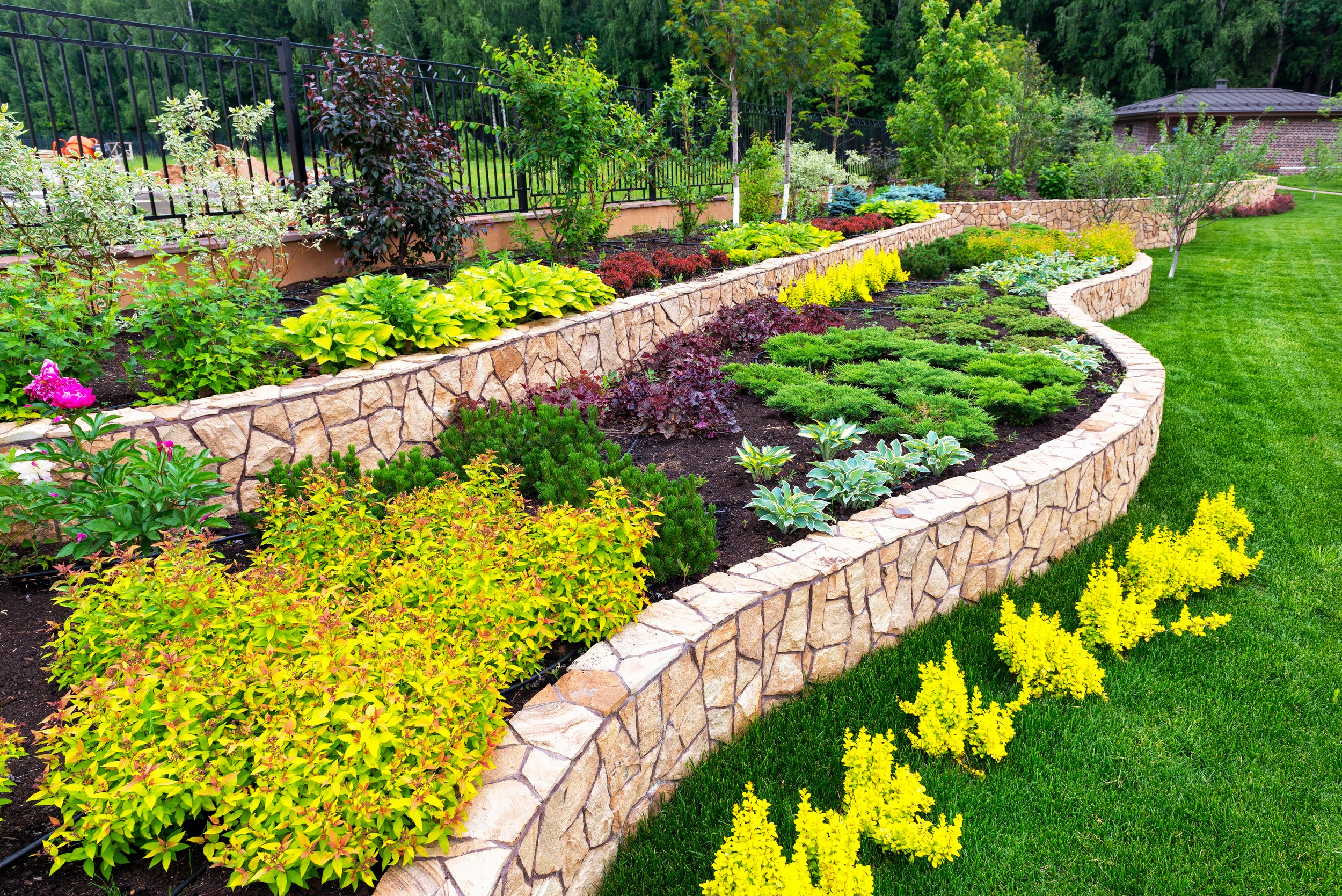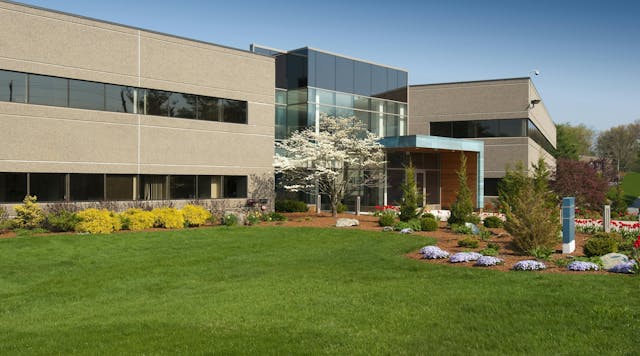Indicators on Hilton Head Landscapes You Should Know
Indicators on Hilton Head Landscapes You Should Know
Blog Article
Hilton Head Landscapes for Beginners
Table of ContentsThe Ultimate Guide To Hilton Head LandscapesNot known Details About Hilton Head Landscapes What Does Hilton Head Landscapes Mean?Hilton Head Landscapes for DummiesSome Known Factual Statements About Hilton Head Landscapes Some Known Details About Hilton Head Landscapes The Only Guide for Hilton Head LandscapesThe Hilton Head Landscapes Ideas
Kind compatibility is additionally a major part of unity in designone or 2 noticeably different forms benefit contrast and focus, yet typically all other kinds should have some similarities for a linked look. Texture refers to how coarse or fine the surface area of the plant or hardscape product really feels and/or looks.
Instances of plants with rugged appearance include philodendrons, agaves, bromeliads, hollies, hands, and hydrangeas. Qualities that develop fine texture include tiny foliage; thin, strappy leaves (yards) or high, thin stems; tiny, dense branches and little branches; long stems (creeping plants); and small, delicate flowers.
Hilton Head Landscapes Fundamentals Explained
Most plants are medium appearance, in that they can not be described as having either rugged or fine texture. Medium-textured plants act as a background to link and unify the rugged- and fine-textured plants.

To make a space feel smaller, place the crude textures along the outer border and the great appearances closest to the visitor. The information of the rugged structure makes the plants appear closer and makes the area feel smaller. The regarded appearance of plants can additionally alter with the distance from the plant.
All About Hilton Head Landscapes
Bold shades enhance the comparison and make the structure appear coarser, while low-key colors can squash structure. Hardscape with a coarse texturesuch as really rough rocks and vibrant, big timberstends to make all plant product appear more moderate textured. Developers commonly develop an appearance research study (Figure 8) theoretically to help decide the plan of plant materials.
Number 8. Structure research. Color in plant product and hardscape adds interest and range to the landscape. Shade is the most noticeable element in the landscape and is normally the emphasis of many homeowners; nevertheless, it is additionally the most short-lived element, generally lasting just a couple of weeks a year for specific plants.
Some Known Questions About Hilton Head Landscapes.
A simple summary of the shade wheel consists of the three primaries of red, blue, and yellow; the three secondary shades (a mix of two primaries) of green, orange, and violet; and six tertiary shades (a mix of one surrounding key and second color), such as red-orange. Shade concept describes the relationship of shades to every other and how they need to be utilized in a composition.

Comparable (sometimes called harmonious) shade schemes are any type of three to five colors that are nearby on the shade wheel, such as red, red-orange, orange, yellow-orange, and yellow, or blue, blue-violet, and violet (bluffton landscaping). The shades relate to each various other because they generally include two primary colors mixed to form an additional and two tertiary shades, which implies they share common residential or commercial properties
They often tend to have high comparison between them. The most common sets are violet and yellow, red and green, and blue and orange. Corresponding colors are commonly located normally in flowers; a common set is yellow and violet. Shade is discovered in the flowers, vegetation, bark, and fruit of plants.
The Definitive Guide for Hilton Head Landscapes
Green foliage in all its numerous tones is the dominant shade by amount, however various other colors capture attention more conveniently as a result of their high comparison to the shade eco-friendly. Shade is also discovered in structures, rocks, pavers, wood, and furniture. A lot of shades in natural materials, such as rock and timber, are commonly muted and often tend to be variants of brown, tan, and pale yellow.
Shades have residential properties that can impact feelings, spatial understanding, light quality, equilibrium, and emphasis. Cool shades have a tendency to be calming and must be used in locations for leisure and peacefulness.
A Biased View of Hilton Head Landscapes
The "temperature" of colors can likewise influence the perception of distance. Trendy colors tend to recede and are viewed as being further away, making an area really feel bigger. Cozy shades tend to advancement and are viewed as being more detailed, making a room really feel smaller. Color can also be used to catch interest and straight sights.
For instance, intense yellow, which has the highest possible strength, likewise has a high comparison with all other colors (commonly referred to as a "pop" of color) and ought to be conserved. A percentage of intense shade has as much aesthetic weight as a large quantity of an extra suppressed or weaker color.
Similar (often called harmonious) color pattern are any type of three to five shades that are nearby on the color wheel, such as red, red-orange, orange, yellow-orange, and yellow, or blue, blue-violet, and violet. The colors are relevant to each various other due to the fact that they generally include two main colors mixed to develop an additional and 2 tertiary shades, which means they share usual properties.
Getting The Hilton Head Landscapes To Work
They often tend to have high comparison between them. The most usual collections are violet and yellow, red and green, and blue and orange. Complementary shades are frequently located normally in flowers; an usual pair is yellow and violet. Shade is found in the blossoms, foliage, bark, and fruit of plants.
Green vegetation in all its various shades is the dominant color by amount, yet other shades record focus more conveniently as a result of their high contrast to the color green - landscaping hilton head sc - https://telegra.ph/Transform-Your-Outdoors-with-Hilton-Head-Landscapers-07-03. Color is additionally found in buildings, rocks, pavers, timber, and furniture. Most shades in all-natural materials, such as rock and wood, are generally muted and often tend to be variations pop over to this site of brown, tan, and pale yellow
Get This Report on Hilton Head Landscapes
Color is an essential component for creating passion and variety in the landscape. Colors have residential properties that can influence feelings, spatial perception, light quality, balance, and emphasis. One building of shade is defined relative to temperaturecolors appear to be awesome or warm and can affect emotions or feelings. Amazing shades have a tendency to be soothing and must be made use of in locations for leisure and tranquility.
Trendy colors tend to decline and are perceived as being further away, making an area feel bigger. Color can additionally be utilized to record interest and straight views - https://pastebin.com/u/h1tnhdlndscps.
Brilliant yellow, which has the greatest intensity, also has a high contrast with all other shades (usually described as a "pop" of shade) and need to be used sparingly. A small amount of intense color has as much visual weight as a large quantity of a more restrained or weaker color.
Report this page